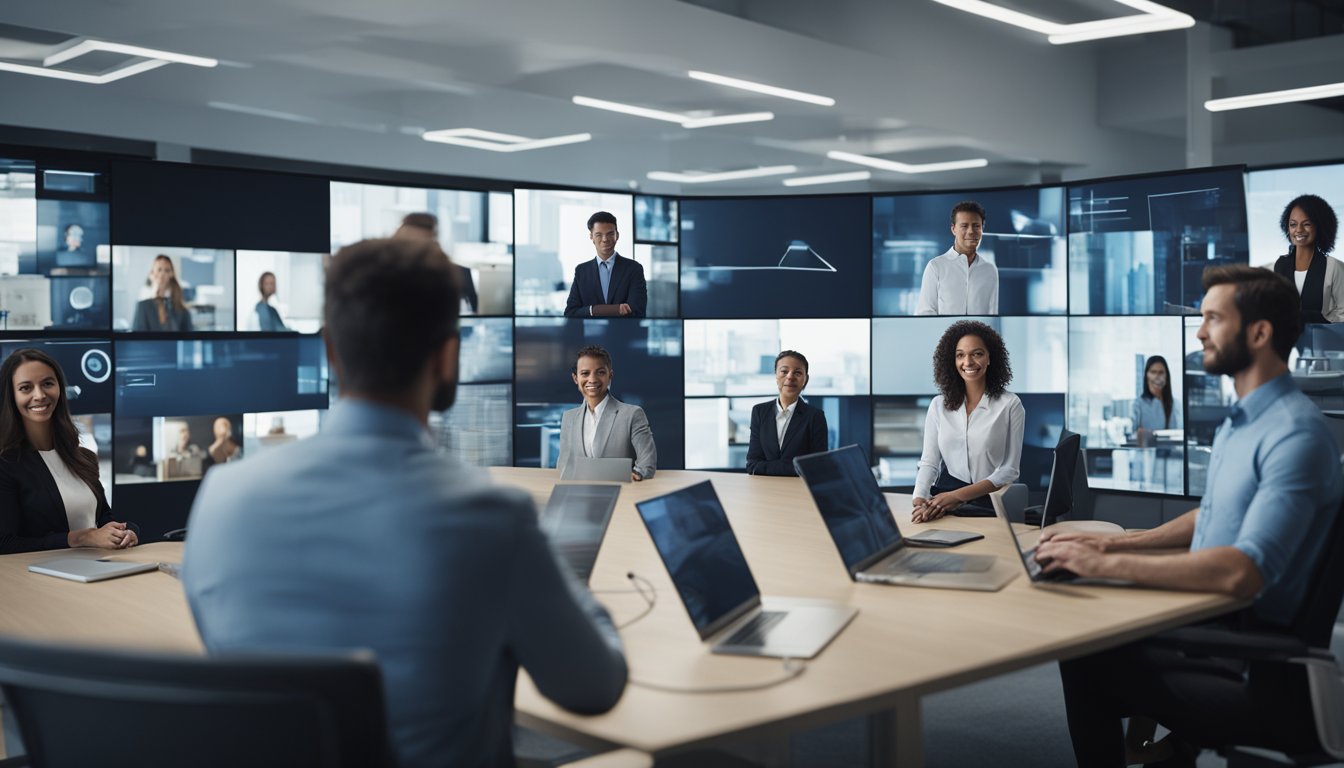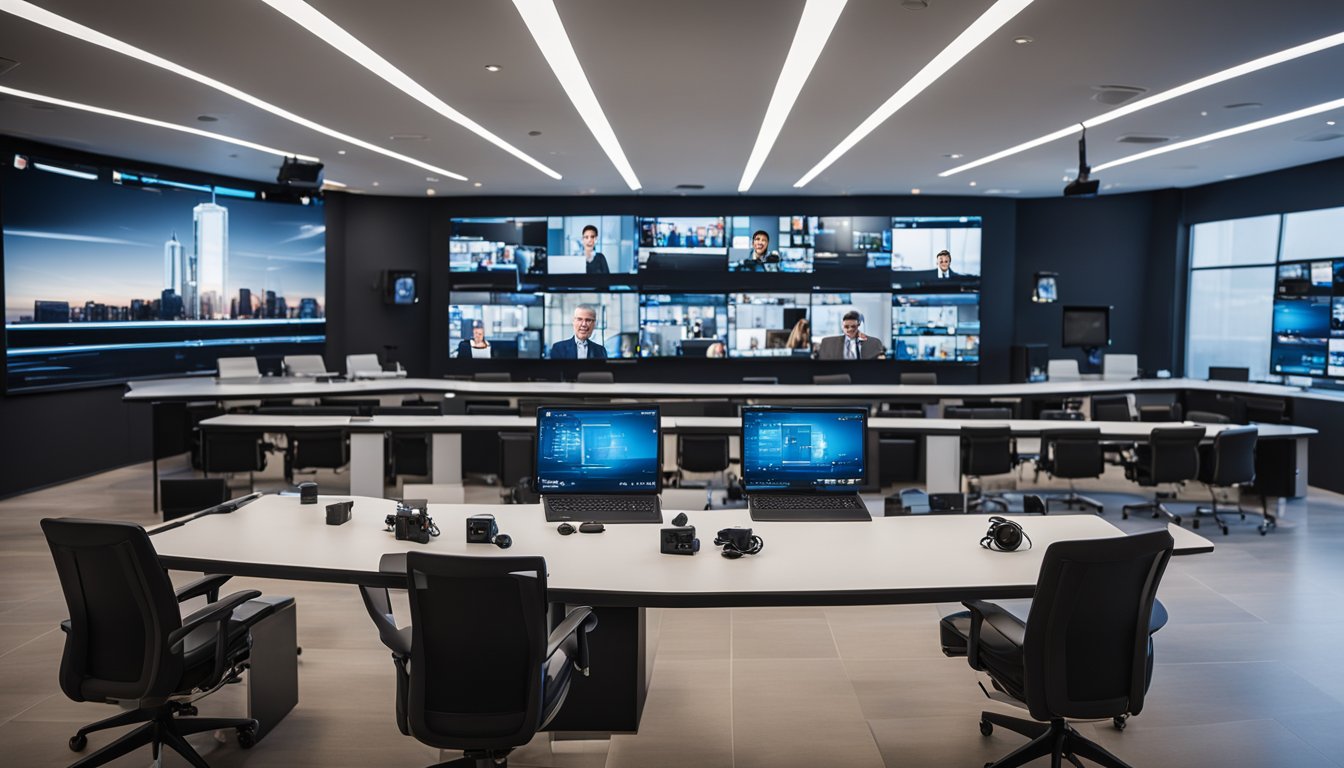Video teleconferencing is a technology that allows individuals in different locations to participate in face-to-face meetings without the need to be in the same room or even the same country. It employs a range of communication technologies to transmit audio and video data, enabling real-time visual and auditory interactions among participants. This technology has revolutionized business practices by facilitating international and long-distance communication, drastically reducing travel costs and time.

The use of video teleconferencing spans various sectors from corporate to education, healthcare, and beyond. Companies utilize video teleconferences for board meetings, staff training, and client interactions, while educational institutions conduct virtual classrooms and remote lectures through this medium. In healthcare, video teleconferencing supports telemedicine practices, allowing health professionals to consult with patients and colleagues remotely.
As technology advances, video teleconferencing solutions have become more sophisticated and accessible, leading to widespread adoption. Features such as screen sharing, virtual backgrounds, and file transfer integrated into the teleconferencing platforms enhance the overall communication experience. With the increasing focus on remote work, video teleconferencing continues to grow in importance, shaping the future of global collaboration and communication.
Fundamentals of Video Teleconferencing

Video teleconferencing enables real-time visual and audio communication between participants in different locations. It serves as a vital tool for business, education, and personal connections across the globe.
History and Evolution
Teleconferencing originated with audio-only calls and evolved with technology advancements. Video teleconferencing began in the 1970s but became widespread with the internet and broadband adoption.
Technical Components
- Camera: Captures live video of participants.
- Microphone: Picks up audio from participants.
- Monitor/Display: Shows video of the other participants.
- Speakers/Headphones: Outputs audio from the teleconference.
These are integrated into devices or as standalone peripherals.
Protocols and Standards
Video teleconferencing relies on specific:
- Protocols: Such as VoIP (Voice over Internet Protocol) for audio, and RTP (Real-time Transport Protocol) for video.
- Standards: H.323 and SIP (Session Initiation Protocol) for call setup and management.
These ensure compatibility and quality of service across diverse devices and networks.
Operational Aspects of Video Conferencing
The operational aspects of video conferencing encompass a range of considerations necessary to run a smooth and secure virtual meeting. These include choosing the right software, meeting hardware requirements, adhering to best practices for communication, and ensuring security and privacy.
Software and Platform Options
Various software options exist for hosting video conferences. Popular choices like Zoom, Microsoft Teams, and Skype cater to different needs, offering features such as screen sharing, recording, and virtual backgrounds. When selecting a platform, organizations should consider compatibility, ease of use, and feature set.
Hardware Requirements
Effective video conferencing requires a basis of compatible hardware. This typically includes:
- High-definition cameras: For clear visual communication.
- Microphones: Either standalone or integrated into headsets or webcams for better audio clarity.
- Speakers or headphones: To hear participants without causing feedback.
- Adequate displays: Monitors or projectors to view other participants.
- Reliable internet connection: Essential for maintaining a stable connection.
Best Practices for Effective Communication
Maintaining professionalism and clarity is crucial in video conferencing. Participants should:
- Be punctual: Joining on time respects everyone’s schedule.
- Mute when not speaking: This prevents background noise.
- Maintain eye contact: Aligning the webcam at eye level simulates direct conversation.
Security and Privacy Considerations
Security features are vital to protect confidential information shared in video conferences. Users should employ:
- End-to-end encryption: To keep conversations secure.
- Password protection: For meetings to prevent unauthorized access.
- Regular software updates: To fix vulnerabilities and enhance security features.
